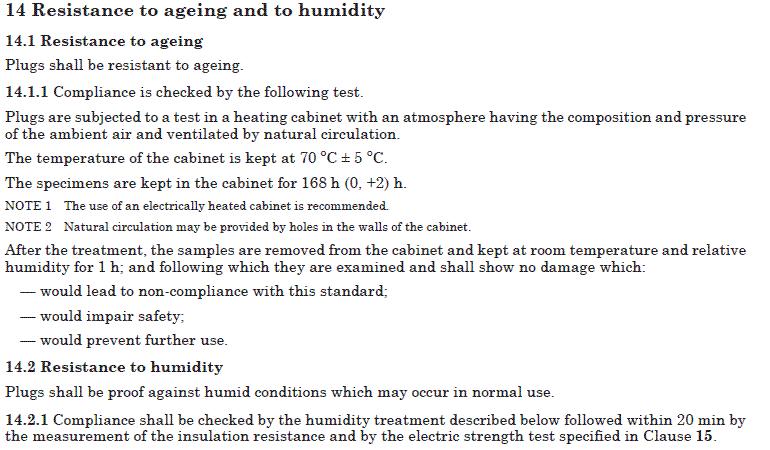I'm sure there are. Indeed, I don't even know if it has always been regarded as 'wrong'.I would think there are quite a lot of immersion heaters wrongly connected by a plug.
However, the duty cycle of the average immersion heater is not all that high, so I don't think it qualifies as a protracted 13A load.
As I said before, the only 'plugged in' domestic equipment I can think of which is likely to draw sustained high current for several hours or more is a heater (partricularly if it has no thermostat) - and that's usually going to be nearer 2kW than 3kW.
Kind Regards, John.



